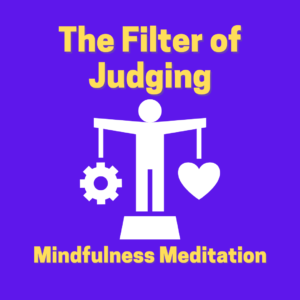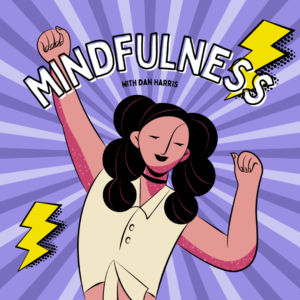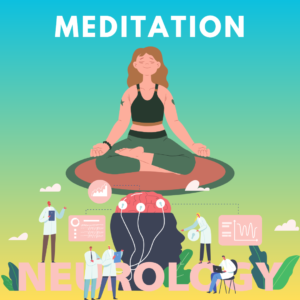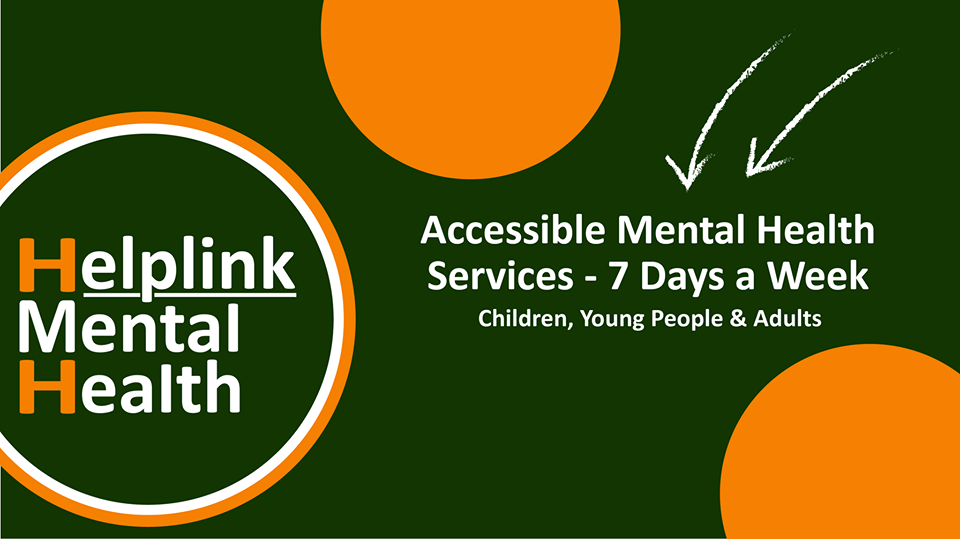Neuroscience of Mindfulness
There are 80 to 100 billion neurons in a human brain, and every single one of them can form thousands of connections with other neurons, leading to a complex network of hundreds of trillions of synapses that enable brain cells to communicate with each other. Yet, despite the best efforts and findings of modern neuroscience, the true functioning of our mind remains one of the greatest and most fascinating mysteries. We know a lot about how our brain helps us stay alive, communicate, and perceive the world around us. But this knowledge, however brilliant, continues to change at an extraordinary pace and represents only a tip of a gigantic iceberg whose full beauty is hiding well from our sight. Is it then preposterous to consider that something as trivial as focusing our mind and breathing steadily for a short time every day could have a profound effect on our well-being? Is it in our power at all to make changes to our own brain? Neuroscientists have been studying the effects of mindfulness techniques on our brains, with some pretty compelling results. The introduction of Magnetic Resonance Imagining (MRI) into clinical practice in the 1980s has resulted in substantial scientific advancement. Since then, researchers have been able to measure the activity and changes in the individual parts of the brain in humans. Sara Lazar, a neuroscientist at Harvard Medical School, uses the MRI technology to look at very fine, detailed brain structures and see what is happening to the brain while a person is performing a certain task, including yoga and meditation. According to her own words, Lazar herself used to be sceptical about the lofty claims her yoga teacher had made about the emotional benefits of meditations she should have expected to experience. When after attending several classes, she indeed felt calmer, happier, and more compassionate, she decided to re-focus her research on the changes in the brain’s physical structure as a result of meditation practice.




